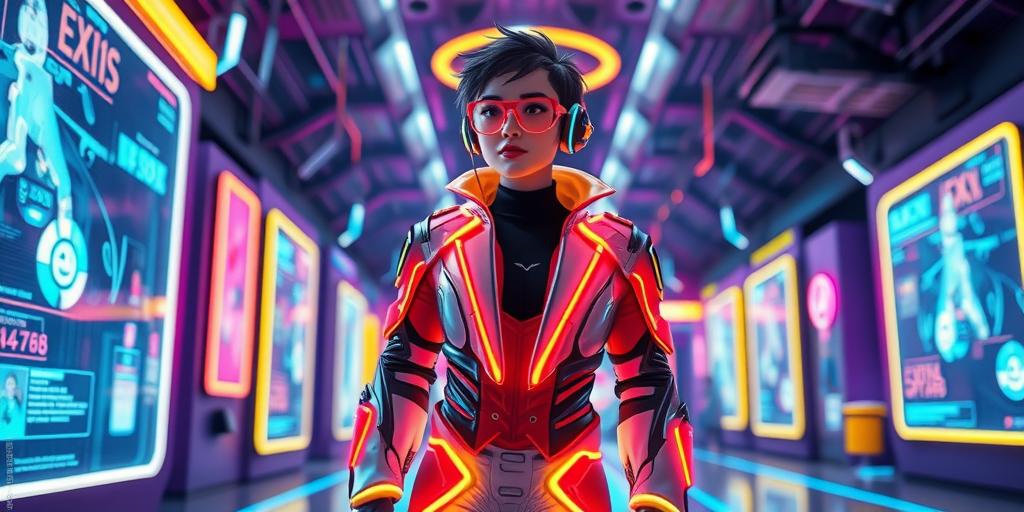The Metaverse and Digital Fashion: Dressing Your Avatar in 2025
The convergence of the metaverse and digital fashion is rapidly reshaping how we express ourselves and consume fashion. By 2025, dressing our avatars will be as commonplace as choosing our outfits in the physical world. This article explores the evolution, current landscape, and future possibilities of digital fashion within the metaverse.
The Rise of Digital Fashion
Digital fashion refers to virtual clothing and accessories designed for online use. Unlike physical garments, digital fashion exists solely in the digital realm, allowing for boundary-pushing creativity and unique self-expression opportunities. Several factors contribute to its growing popularity:
- Increased Metaverse Adoption: As more users spend time in virtual worlds, the demand for digital assets, including clothing, rises.
- Sustainability: Digital fashion offers a sustainable alternative to traditional fashion, reducing waste and environmental impact.
- Creative Freedom: Designers can experiment with innovative designs without the limitations of physical materials or manufacturing processes.
Current Landscape of Digital Fashion in the Metaverse
The digital fashion market is already vibrant, with numerous platforms and designers creating and selling virtual apparel. Key players and trends include:
- Virtual Fashion Marketplaces: Platforms like DressX, The Fabricant, and Republic Realm are dedicated to selling digital clothing.
- Luxury Brands Entering the Metaverse: Brands like Gucci, Louis Vuitton, and Balenciaga are launching digital collections and virtual experiences.
- NFT Fashion: Non-fungible tokens (NFTs) are used to authenticate and own unique digital fashion pieces, providing scarcity and value.
- Avatar Customization: Metaverse platforms like Decentraland, Roblox, and Fortnite offer extensive avatar customization options, including digital clothing.
Dressing Your Avatar in 2025: What to Expect
By 2025, the experience of dressing your avatar will be significantly more immersive and integrated. Here are some anticipated developments:
- AI-Powered Fashion Design: Artificial intelligence will assist in creating personalized and trend-driven digital fashion.
- AR Integration: Augmented reality (AR) will allow users to virtually “try on” digital clothing before purchasing it for their avatars.
- Interoperability: Digital fashion assets will be usable across multiple metaverse platforms, creating a seamless experience.
- Advanced Customization: Avatars will be highly customizable, with options for body shape, skin tone, and unique style preferences.
- Virtual Fashion Shows and Events: Digital fashion weeks and virtual runway shows will become mainstream, showcasing the latest trends and designs.
Challenges and Opportunities
Despite the immense potential, the metaverse and digital fashion face challenges:
- Interoperability Issues: Lack of standardization makes it difficult to use digital assets across different platforms.
- Scalability: Current blockchain and rendering technologies need to improve to handle high-resolution digital fashion.
- User Adoption: Overcoming skepticism and educating users about the value of digital ownership is essential.
However, these challenges present significant opportunities:
- Standardization Efforts: Industry collaborations to establish common standards for digital fashion assets.
- Technological Advancements: Developments in blockchain, AR, and AI to enhance the digital fashion experience.
- New Business Models: Innovative approaches to digital fashion ownership, rental, and subscription services.
Conclusion
The metaverse and digital fashion are poised to revolutionize the fashion industry. By 2025, dressing our avatars will be an integral part of our digital identities, offering unprecedented opportunities for self-expression, sustainability, and creativity. As technology advances and adoption grows, the possibilities for digital fashion in the metaverse are limitless.
